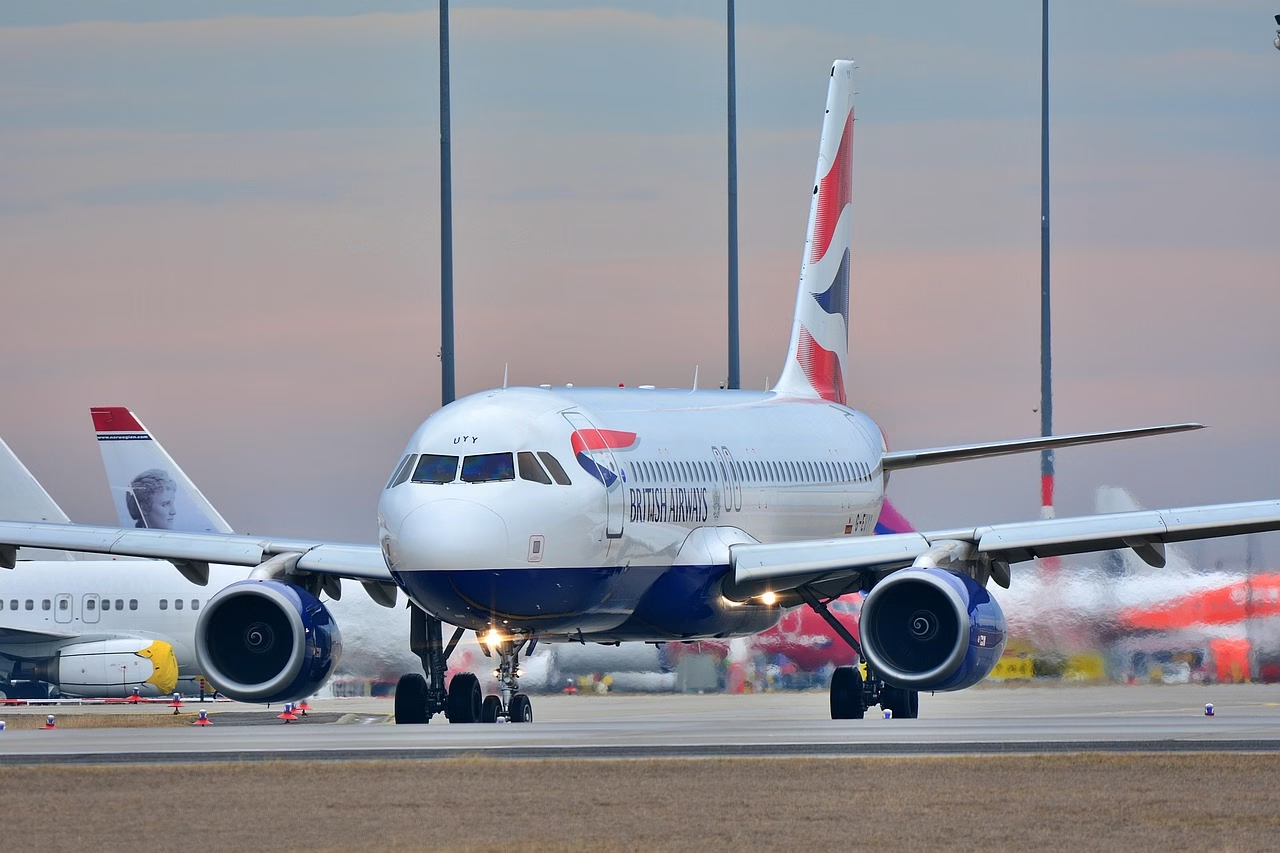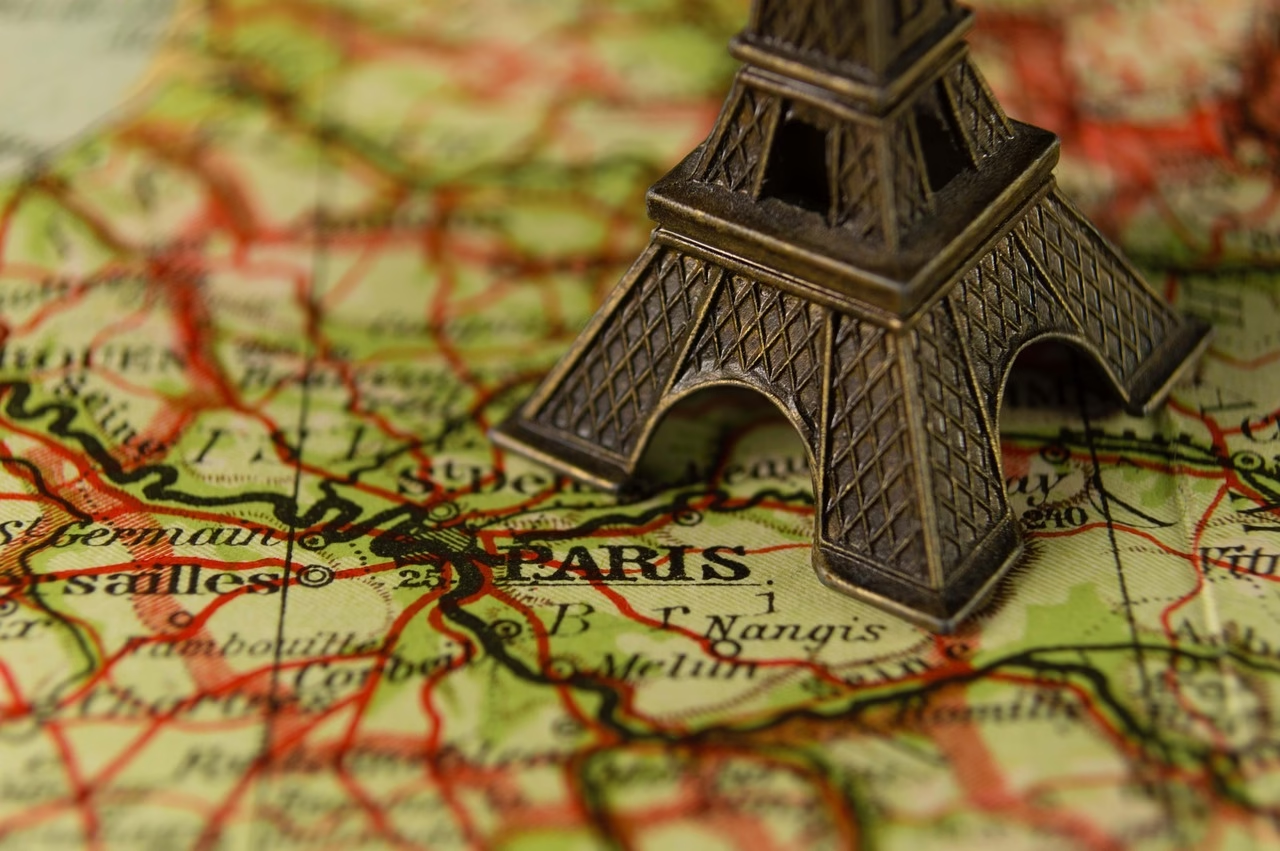Dubai Completes eVTOL Air Taxi Tests, Opening the Door to To
July 4, 2025 | by Marco Santiago

Above the Dunes & Beyond the Burj: Dubai’s eVTOL Era Takes Flight
Words & wandering by Marco Santiago · Cultural Explorer & Adventure Blogger
The Morning the Future Whispered
Dawn in the Arabian desert is a quiet promise. I was standing on the golden outskirts of Dubai last week when that promise turned electric—literally.
A sleek, white craft rose vertically, hovered on a cushion of sound no louder than a distant rush of air, and then surged forward toward the rising sun.
The moment marked the successful completion of Dubai’s first full-scale eVTOL air-taxi test flights, a milestone that nudges humanity closer to mainstream aerial commuting by 2026.
Source: Reuters
As the rotor-tips disappeared into the azure morning, I realized I’d just watched history slip its earth-bound chains.
For travelers, dreamers, and anyone who has ever pressed a forehead to an airplane window marveling at the tiny toy world below, Dubai just drew the curtain on a new stage.
What Exactly Just Happened?
The craft I watched was built by Joby Aviation, an American pioneer in electric vertical take-off and landing (eVTOL) technology.
Dubai’s Roads and Transport Authority (RTA) granted Joby an exclusive six-year operating contract and has already mapped out four initial vertiports: Dubai International Airport (DXB), Palm Jumeirah, Downtown Dubai, and Dubai Marina.
Reuters
During the flight demonstration, engineers pushed the aircraft to its advertised top speed of 320 km/h with a range of 160 km.
That translates to a twelve-minute hop from DXB to the palm-shaped island that usually demands forty-five minutes in traffic.
Business Today
Quiet, emission-free, and operating on renewable electricity, these sky-taxis embody Dubai’s goal to trim carbon footprints while keeping its “city of the future” reputation shiny and audacious.
Gulf Business
A Traveler’s New Canvas
Picture it: you arrive on a red-eye from New York. Your connection is not a taxi rank with honking engines but a glass-walled vertiport glowing like a sci-fi halo.
A concierge checks your luggage through a biometric gate; minutes later you’re buckled into a five-seat eVTOL, blades still folded.
There’s a faint whir—more hummingbird than helicopter—and Dubai’s skyline unfurls beneath you like origami.
The Burj Khalifa spikes the air, the Persian Gulf gleams stainless-steel blue, and the desert melts into rose gold on the horizon.
Your smartwatch pings: arrival in eight minutes.
For storytellers like me, the possibilities feel endless.
An early-morning itinerary might now include breakfast shakshuka on Palm West Beach, a noon yoga session 700 meters up in Sky Views Observatory, and sunset dunes in the Empty Quarter—each leg stitched together by swift sky hops.
Time—not money—becomes the true luxury that Dubai is about to democratize.
Mapping the Sky Roads
RTA and infrastructure partner Skyports have already completed feasibility studies and started architectural work on the first vertiport at DXB, due in early 2026.
Aerospace Testing International
These hubs will plug into metro lines, trams, and water taxis, weaving an inter-modal web no other city currently offers.
In phase one, visitors can expect four primary tourist corridors:
- DXB → Palm Jumeirah – beach resorts & Atlantis Aquaventure
- DXB → Downtown Dubai – Burj Khalifa, Dubai Mall, Dubai Fountain
- Palm Jumeirah → Dubai Marina – yacht charters & night-time promenade
- Downtown → Marina – connecting two nightlife hubs in under ten minutes
Future legs may leapfrog the desert to Expo City, Abu Dhabi’s Louvre, or even cross Gulf waters to Bahrain once bilateral flight corridors mature.
If history is any teacher, Dubai rarely stops at version 1.0.
What Will It Cost to Borrow the Sky?
Initial fares are expected to mirror premium ride-hailing tiers—likely in the US $70-120 range for a downtown hop—before volume and competition drive prices lower.
Reuters
Early adopters (and Instagram royalty) will flock, but the RTA insists its long-term vision is “mobility for all,” echoing how Dubai’s metro evolved from novelty to daily essential.
Tickets will be bundled with Dubai Pass tourist cards, hotel concierge packages, and—if rumors hold—a desert stargazing route where the craft hovers in silent orbit over low-light reserves.
Imagine a night flight where the Milky Way is your ceiling and the dune lamps of Bedouin camps shimmer below.
Traveler Tips for 2026 & Beyond
• Book Early: Just as hot-air balloon slots over Cappadocia vanish months out, prime sunset eVTOL seats will sell fast.
• Pack Light: Five-seat cabins favor daypacks. Larger luggage heads separately by ground.
• Motion Comfort: The ride is surprisingly smooth, but middle seats offer the most balanced center-of-gravity for nervous flyers.
• Choose Golden Hour: Boarding during sunrise or sunset turns every minute into a living IMAX reel.
• Carbon Score: Each flight is powered by renewable energy purchased through DEWA, helping Dubai inch toward its net-zero goal for 2050.
Gulf Business
The Emotion of Altitude
I’ve chased horizons on camelback, train roofs, tuk-tuks, and paragliders, yet something about that silent eVTOL ascent felt uniquely intimate.
Maybe it’s the proximity—lower than jetliners, higher than drones—where you still recognize window reflections of your own wide-eyed grin.
Or maybe it’s the symbolism: a desert city that once rode on pearl-fishing dhows will soon ride electric winds.
In 2026, when visitors lift off from DXB and watch highways shrink beneath them, they’ll experience more than convenience; they’ll feel Dubai’s perpetual thesis—nothing is impossible, not even rewriting the map in mid-air.

RELATED POSTS
View all



